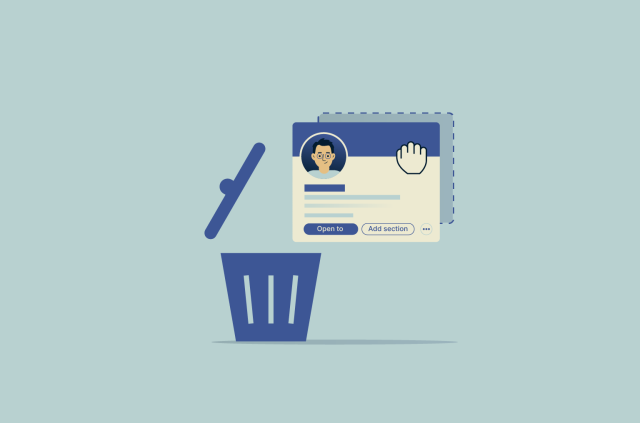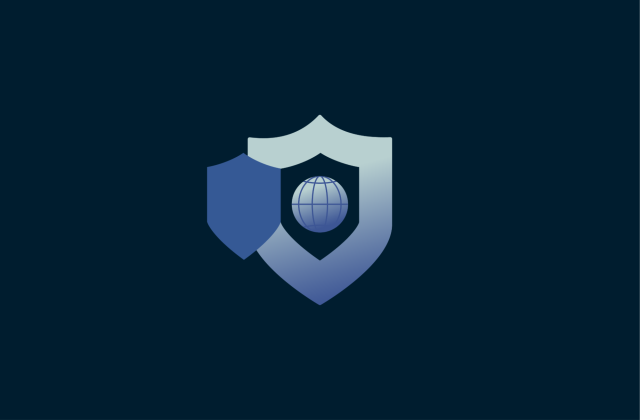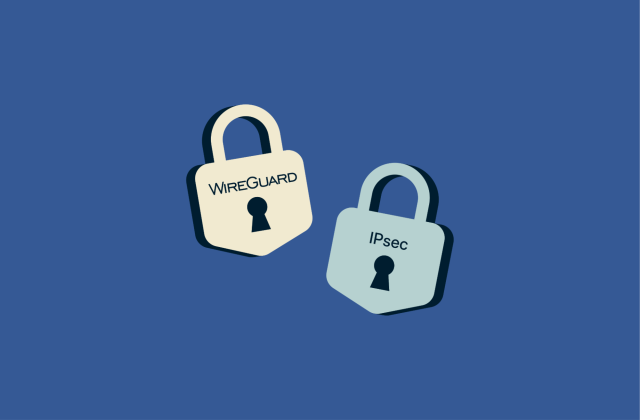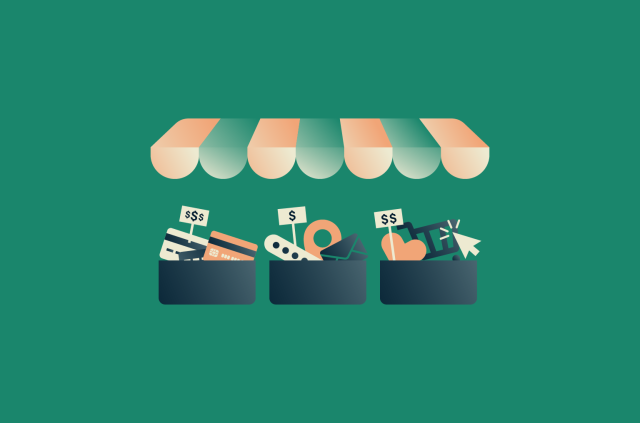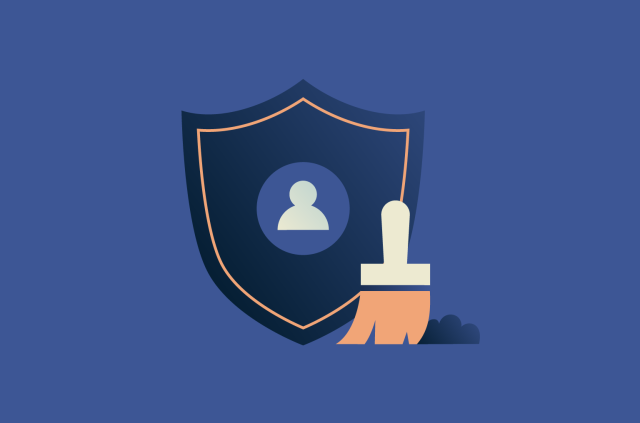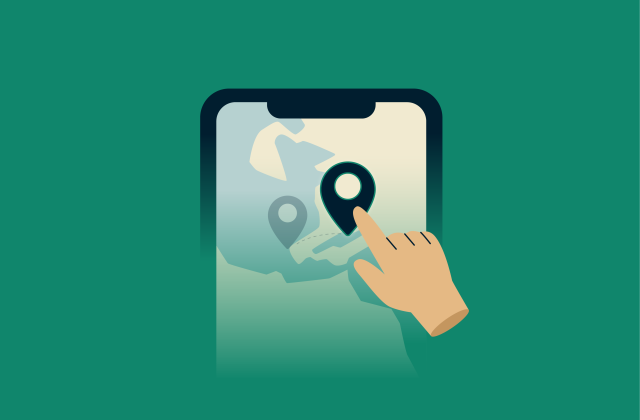What can someone do with your ID?

Your ID is more than a card or a digital file. It holds personal information that cybercriminals can exploit for fraud, impersonation, or creating fake identities. Losing your ID, having it stolen, or even sharing a digital copy can put you at serious risk.
This article explains what can happen if someone gets your ID, shows real-world examples of misuse, highlights warning signs, and gives practical steps to protect yourself.
Please note: This information is for general educational purposes and not financial or legal advice.
Can someone steal your identity with just your ID?
A stolen ID can put you at risk of identity theft, but the level of damage depends on what type of ID it is and how it’s used. Your ID contains sensitive details like your full name, date of birth, and sometimes your address or signature, which is all information that criminals can potentially exploit.
In many cases, an ID by itself isn’t enough to open a bank account or take out a loan, since most institutions require extra documents or verification. However, fraudsters can use it to impersonate you in lower-security situations like rental agreements, phone contracts, or online services with weak identity checks.
Even a digital copy of your ID can be misused to create fake documents or pass online verification. That’s why losing your ID, physically or digitally, should be taken seriously and reported right away.
Why identity documents are high-value targets
Identity documents act like keys to your financial life. Criminals see them as valuable because they can provide access to money, services, and accounts.
Government-issued IDs such as driver’s licenses, passports, or digital scans can be sold on the dark web, where buyers may use them to commit fraud. This makes your ID a high-value target for scammers and thieves who want to make quick money or impersonate you themselves.
Real-world examples of ID-based identity theft
Identity theft can happen in many ways and at vastly different scales, from sophisticated state-backed cyber operations to small-scale schemes targeting individuals. Below are a few examples:
- Fake student aid applications (2025, USA): In 2025, scammers used stolen PII to file fake FAFSA (student aid) applications, exploiting verified identity details to fraudulently access government aid intended for students.
- Cybercriminal impersonates a doctor to avoid child support (2019, Hawaii, USA): A Kentucky man, Jesse Kipf, stole a doctor’s login credentials and used them to access Hawaii’s death registry system. He then created a false death certificate certifying himself as deceased using the doctor’s identity in part to avoid paying child support.
- Social worker steals client identities (USA, 2019): Former Orange County social worker stole Social Security numbers and personal data from clients over nearly a decade. He used the stolen PII to file hundreds of fraudulent tax returns, obtain welfare benefits, open credit cards, and create fake bank accounts.
What can someone do with your ID copy?
Even a photocopy or scanned image of your ID can be used in harmful ways. Criminals can use ID copies to support fraudulent applications, such as creating fake utility accounts or signing up for phone contracts in your name. Some scammers submit them as part of “know your customer” (KYC) checks when registering for online services, including cryptocurrency exchanges.
An ID copy can also be used to strengthen social engineering attacks. For example, a scammer might send your ID to a company’s support team to reset access to one of your accounts. Others may use ID copies to create convincing fake social media profiles, making it easier to trick your contacts or commit romance scams.
Digital copies pose the highest risk because they can be duplicated endlessly, circulated online, or sold on the dark web. Once exposed, it’s practically impossible to control where your ID copy ends up.
How scammers forge documents using ID copies
Scammers can use your ID copy as the base to create convincing forgeries. Because modern scans are high resolution, they don’t necessarily need physical access to your ID. A single photo or scan shared online can give them everything they need.
With editing software, they can alter scanned IDs by changing personal details, swapping photos, or removing security marks. Counterfeit templates and hologram overlays are also sold on the dark web, making it easier to replicate driver’s licenses, passports, or Social Security cards.
Some fraudsters print these altered documents on specialized card stock with commercial-grade printers, producing IDs that pass casual inspection. Others keep the forgeries digital, using them to bypass online verification checks where only an upload is required.
Synthetic identity creation and fraud
Cybercriminals can combine information from your driver’s license with fake details to create a synthetic identity. This is a new, fake identity that appears real to banks and other organizations. They can use it to apply for credit cards, loans, or government benefits. And because these identities are partially true, detection can take a long time. Traditional fraud checks that look for exact matches can fail when pieces are truthful but combined in new ways.
How criminals use stolen or copied IDs
When criminals get hold of IDs, they may be able to open new accounts, commit crimes while impersonating you, or sell your information online. Some may also use the threat of exposure to pressure victims. Below are some of the most common forms of misuse:
- Selling your identity on the dark web: Your personal details, such as your Social Security number, date of birth, and driver’s license number, can be traded on hidden online marketplaces and then used for committing various scams.
- Phishing your contacts using your identity: Cybercriminals can send emails or messages pretending to be you. Your friends, family, or colleagues may share money, passwords, or sensitive data, thinking the request is genuine.
- Using your ID in rental or insurance scams: Scammers may be able to rent apartments, borrow cars, use your health insurance, and file other fake insurance claims using your ID.
- Committing employment or benefits fraud: Using your ID, criminals could attempt to apply for jobs, unemployment benefits, or government assistance in your name. All of this can affect your taxes, future job applications, or benefit eligibility.
- Committing crimes under your name: Criminal identity theft generally involves non-violent crimes, like traffic violations or minor offenses, recorded under your identity until proven innocent.
How to tell if someone is using your ID
It can be hard to know right away if someone is using your ID, but paying attention to unusual activity can help. Small warning signs often appear before major problems develop, so monitoring your accounts and looking for warning signs is key. ExpressVPN’s Identity Defender can also help U.S. subscribers detect problems early via dark web monitoring and credit monitoring, giving you alerts if your personal details or credit are at risk.
Early warning signs to watch for
Some common signs that your ID may be misused include unexpected bills or collection notices, unfamiliar charges on your bank or credit accounts, calls from debt collectors for accounts you didn’t open, rejection of credit applications, or letters about government benefits you didn’t apply for.

Even emails or messages from friends or colleagues asking about unusual requests could be a red flag. For more guidance on spotting misuse, see our guide on various signs of identity theft.
Tools and services to detect ID misuse
While there are no tools designed to detect ID misuse directly, you can use related services that help spot suspicious activity tied to your identity. For instance, credit monitoring alerts you to changes in your credit report, such as new accounts or hard inquiries you didn’t make. You can also reduce risk by regularly reviewing your bank and financial accounts for transactions you don’t recognize.
Similarly, some identity protection services monitor dark web forums and marketplaces for leaked personal data, giving you an early warning if your details surface there.
What to do if your ID is lost or stolen
Losing your ID or having it stolen can be stressful, but acting quickly can limit the damage.
Steps to report the incident
Report the loss or theft to the appropriate authorities. For a driver’s license or government ID, contact your local DMV or issuing agency. If it’s a passport, notify your country’s passport office. File a police report to create an official record. Inform banks, credit card companies, and other relevant institutions so they can watch for suspicious activity or temporarily freeze accounts. These steps help create a paper trail and make it easier to resolve problems later.
For more detailed information about reporting and protecting yourself, see our guide on how to report identity theft.

Freezing credit and monitoring accounts
Freezing your credit prevents new accounts from being opened in your name, which can stop scammers from using your information. To properly freeze your credit, you’ll need to contact all three main credit bureaus individually.
For more detailed guidance, see our guide on how to freeze your credit.
How to protect your identity from future misuse
Once your ID is secure again, you should focus on lowering the risk of future misuse. Small changes in daily habits help. Limit how much personal information you share, store copies of your ID safely, and follow identity theft prevention tips to strengthen your defenses.
Don’t overshare personal details online
Criminals can collect information from social media, forums, or job sites. Avoid posting sensitive details like your birthday, home address, or ID photos. Even small bits of information can be pieced together to impersonate you.
Use a VPN to mask your browsing activity
A virtual private network (VPN) hides your IP address and encrypts your internet traffic. While it won’t prevent malicious actors from stealing your ID, a VPN makes it harder for cybercriminals to track you or steal data when you’re online. It’s especially useful when using unsecured public Wi-Fi at cafes, airports, or hotels.
FAQ: Common questions about what someone can do with your ID
Can someone steal my identity with just my name and address?
Your name and address by themselves usually won’t allow someone to impersonate you. However, cybercriminals can use that information to send targeted scams, phishing emails, or fake bills in an attempt to obtain additional personal information or to deceive you into sending money.
Is it safe to share an ID for online verification?
It depends on who you share it with. Reputable services often require ID verification, but fake websites also pretend to need it. Always verify the company’s legitimacy and, if unsure, ask if they have alternative verification options before sharing your ID online.
Is a photo of my ID enough to harm me?
Yes, even a photo of your ID can be misused. Scammers can forge documents, impersonate you, or sell the image on hidden forums. This is why you should never post or share an ID photo publicly, even in casual settings.
Is it safe to email a scan of my ID?
Generally, no. Emailing ID scans is risky, as emails sent through standard providers (like Gmail, Yahoo, or Outlook) are generally not end-to-end encrypted and may be intercepted. They’re also vulnerable if your or the recipient’s account is hacked. If you must share a scan, use encrypted file-sharing services to reduce the risk of interception or identity theft.
What info on an ID is most sensitive?
All your personal details are valuable targets for cybercriminals. This includes your full name, date of birth, address, Social Security number, and ID number. Combined, these may be used to open accounts or impersonate you. Even secondary details like your photo or signature add credibility to fake documents. This makes ID information a prime target for fraud.
How do I know if my ID is on the dark web?
You usually won’t know on your own. Identity protection services and dark web monitoring tools can scan for your personal details. If your information is found, you’ll be alerted so you can take steps to secure your accounts. Using dark web monitoring makes it easier to catch leaks before they cause major harm.
Take the first step to protect yourself online. Try ExpressVPN risk-free.
Get ExpressVPN



